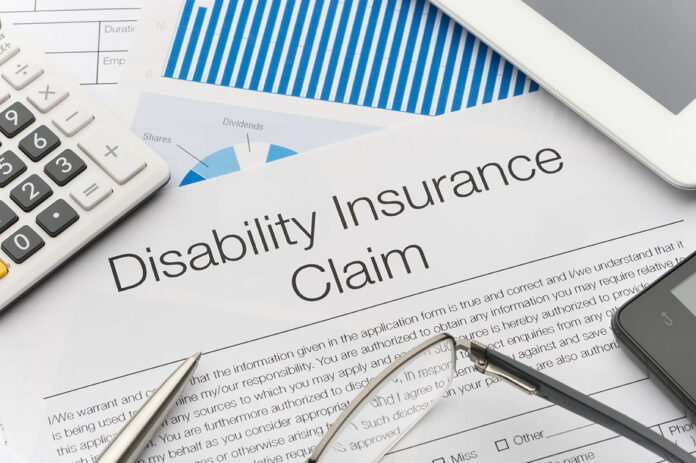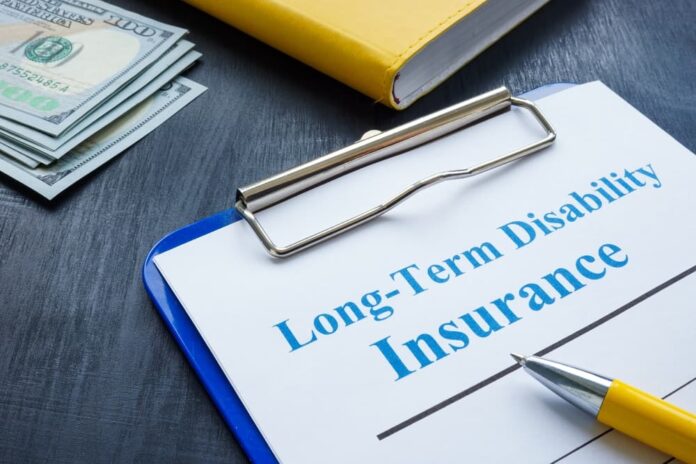Applying for long-term disability can seem daunting, but it’s a crucial step if you’re dealing with a condition that impacts your ability to work. I’ve been through this process myself, and I want to share some practical advice to help you along the way. From gathering the necessary documents to understanding what to expect during the application process, let’s walk through it together.
What is Long-Term Disability Insurance?

Long-term disability insurance provides income replacement if you’re unable to work due to a serious injury or illness, often covering several years or even until retirement. It’s designed to ensure financial stability during extended health challenges. For more information, find here.
Unlike short-term disability insurance, which typically covers a few months, LTD can provide benefits for several years or even until retirement. It’s designed to give you financial stability when you’re facing long-term health challenges.
Steps to Apply for Long-Term Disability
1. Review Your Policy
The first thing I’d recommend is to dig out your long-term disability (LTD) insurance policy. This is really important because the details can vary quite a bit from one policy to the next.
You’ll want to review what specific conditions or situations are covered under your plan, how long you have to wait before the benefits actually kick in, and what the payment amounts will be.
I know insurance policies can be a real headache to decipher, but taking the time to really understand your coverage is so crucial.
Dealing with a disability or health issue is stressful enough as it is – you don’t want any surprises when it comes time to file a claim.
Give that policy a good read-through so you know exactly what you’re entitled to. And don’t hesitate to reach out to your insurance provider if you have any questions – they should be able to walk you through the details and make sure you’re clear on everything.
2. Gather Necessary Documentation
You’ll need various documents to support your application:
- Medical Records: Include all relevant medical history, doctor’s notes, test results, and treatment plans.
- Employment Records: Provide proof of your employment history and income, including recent pay stubs and tax returns.
- Policy Information: Have your LTD policy details handy, including the policy number and specific terms.
3. Consult with Your Doctor
Your doctor plays a critical role in your LTD claim. Discuss your intention to apply and ensure they understand your condition’s impact on your ability to work. Your doctor will need to provide detailed medical records and fill out forms verifying your disability.
Filing the Claim
1. Complete the Application Forms
When it comes to filing those insurance forms, it’s important to really take your time and be as detailed as possible.
Don’t hold anything back – the insurance company needs a clear picture of what you’re dealing with and how it’s impacting your day-to-day. Being upfront and transparent, even if it’s tough to talk about, is crucial here.
I know the whole process can feel daunting, but try not to get discouraged. Just take it step-by-step and really focus on painting an accurate portrait of your situation. The more information they have, the better they’ll be able to determine how they can support you.
2. Write a Personal Statement
Many applications include a section for a personal statement. This is your opportunity to describe your situation in your own words. Explain how your condition affects your daily life, your ability to work, and your overall well-being.
3. Submit Supporting Documents
Attach all the necessary documentation to your application. This includes medical records, employment history, and any other relevant information that supports your claim.
After Submitting Your Application
1. Stay in Touch with Your Insurance Company
After submitting your application, keep in regular contact with your insurance company. They might request additional information or clarification on certain points. Prompt responses can help speed up the review process.
2. Prepare for Potential Interviews
Your insurance company may require a phone or in-person interview. Be prepared to discuss your condition, treatment history, and how your disability affects your daily life and ability to work.
Dealing with Delays or Denials
It’s not uncommon for LTD claims to be delayed or denied initially. If this happens, don’t lose hope.
1. Review the Denial Letter
Carefully read the denial letter to understand the reasons behind the decision. It will outline specific reasons why your claim was denied and what additional information is needed.
2. Appeal the Decision
If your claim is denied, you have the right to appeal. Gather any additional evidence requested and submit a detailed appeal letter. It might be beneficial to consult with a disability attorney to strengthen your appeal.
Tips for a Successful Application

- Be Thorough: Provide comprehensive and detailed information. The more evidence you provide, the stronger your application will be.
- Stay Organized: Keep copies of all correspondence, forms, and documents related to your claim.
- Communicate Clearly: Maintain clear and frequent communication with your insurance company and healthcare providers.
- Seek Support: Consider hiring a disability attorney, especially if your initial claim is denied. They can provide valuable guidance and improve your chances of success.
Emotional and Practical Support
Dealing with a long-term disability is challenging, both emotionally and practically. Remember, you don’t have to go through it alone. Reach out to support groups, family, and friends. They can offer emotional support and help with daily tasks.
1. Support Groups
Joining a support group can be incredibly beneficial. Connecting with others who are going through similar experiences can provide comfort and practical advice.
2. Counseling
Consider seeking counseling to help cope with the emotional stress of dealing with a disability. Professional counselors can provide strategies to manage anxiety, depression, and other emotional challenges.
Final Thoughts
Applying for long-term disability can be a complex and stressful process, but with careful preparation and persistence, you can increase your chances of a successful claim. Remember to take it one step at a time, and don’t hesitate to ask for help when needed.
By staying organized and proactive, you’ll be better equipped to navigate this journey and secure the support you need.
In the end, the goal is to ensure you have the financial stability to focus on your health and well-being. Take care of yourself, stay positive, and keep pushing forward.












